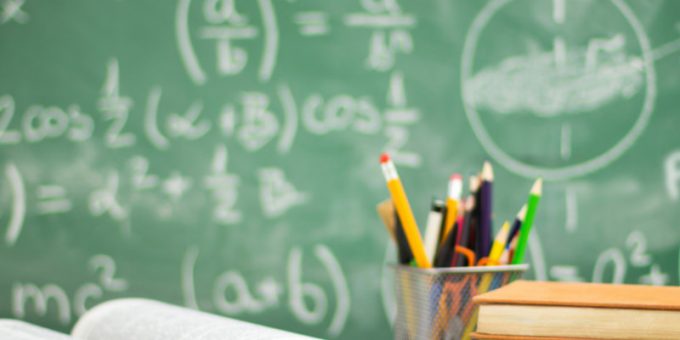
(INDIANAPOLIS) – Indiana Governor Eric Holcomb says the state is planning to reopen schools by July 1.
In a document released Friday, Governor Holcomb addressed guidelines for schools, students, non-students, and parents to abide by.
The document says that schools will need to constantly evaluate their safety and health and keep an eye out on the COVID-19 updates in their community.
With that said, schools need to follow health protocols.
Students who have tested positive for the virus may return to school if:
- The individual no longer has a fever (without the use of medicine that reduces fevers)
- Other symptoms have improved (for example, when your cough or shortness of breath have improved)
- At least 10 calendar days have passed since symptoms first appeared
- The individual has received two negative tests at least 24 hours apart
Those who are asymptomatic who have not had symptoms, but tested positive can return to school when they have gone ten days without symptoms and have been released by a healthcare provider.
Students can also return to school if their healthcare provider says so.
The document says that the Center for Disease Control and Prevention recommends screening will take place at each school. The school will determine the type of screening.
“Mask-wearing requirements or recommendations in schools should be consistent with state and local guidelines. The current CDC guidelines recommend that all students wear cloth face coverings.”
- Some students may be required to wear additional PPE (i.e., health-related, special conditions, etc.) when directed to do so by student health plans.
- It may be necessary for schools to provide masks for those students.
- Additional accommodations may need to be made for students based on their individual health plan
The governor also said that he recommends social distancing:
- Schedule specified groups of students to attend in-person school on alternate days or half days to minimize the number of students in the building. Those students not attending in-person should be expected to engage in remote/continuous learning.
- Consider year-round schooling with alternating breaks to minimize the number of students in the building at any time.
- Provide in-person instruction to elementary students and increase distance learning opportunities for secondary grade levels.
- Offer both in-person and remote instruction based on student needs and parent concerns.
In addition, the guidelines address the following issues:
- Each school to have a separate room separate from the nurse’s clinic where students or employees who are not feeling good are evaluated or wait for pick up
- Water fountains should not be utilized in schools until further notice. Water should be accessible.
- Meals should be eaten in the classrooms.
- Items should be shared
- Stagger drop-off and pick-up processes.
- Stagger times that classes are released.
- Restrict or eliminate school visitors
- All busses and vehicles have been thoroughly disinfected.
Governor Holcomb also announced Friday a $50 million initiative that will help the community get back to work.
Rapid Recovery for a Better Future is a program that will help Hoosiers get a job and gain skills to help them get back on their feet.
“Rapid Recovery for a Better Future” combines the leadership of the GWC [Governor’s Workforce Cabinet], Indiana employers, education and training providers, policymakers, and state and local partners with the goal of ensuring Indiana’s recovery from COVID-19 and providing a pathway to a better future for every Hoosier.
“People are our state’s most valuable resource and they are what define Indiana as a great place to live, work and grow. It is critical that our state is not only providing these services but actively helping people get connected so they take that next step to a better future,” Gov. Holcomb said.
The governor says that this initiative will help Hoosiers learn about their options and career opportunities through an online hub.
Through the CARES Act, funding will also help with short-term education and training.
- Increasing the funding cap from $5,500 to $10,000 for eligible programs
- Allowing Hoosiers with two- and four-year degrees who have been impacted by COVID-19 to qualify for the grant, and adding new programs, such as the Certified Nursing Assistant (CNA) and Commercial Driver’s License (CDL)
- Support access to the 180 Skills library of online, non-credit courses for up to 100,000 Hoosiers
The money will also help expand employer training, more specifically with veteran and women minority-owned businesses.



